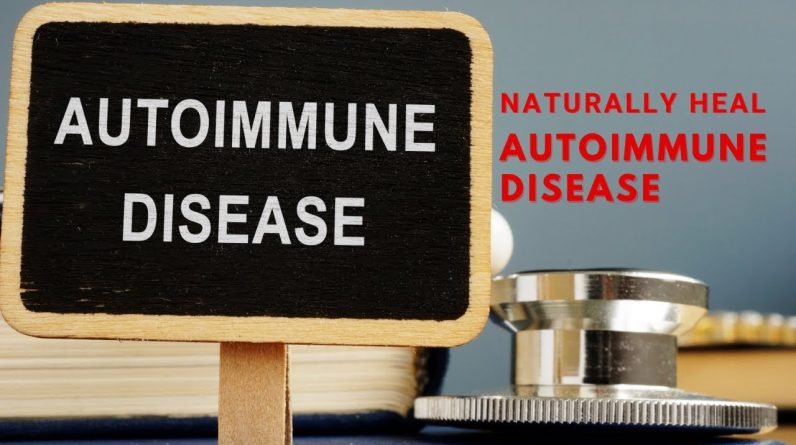How the Body Works The Immune Mechanism
The immune mechanism is designed to protect the body against attack from invading microorganisms and foreign, potentially harmful molecules. There are four types of immune mechanisms. The nature of the invading antigen determines which type of mechanism is brought into action. Certain antigens promote an exaggerated response, called a hypersensitive reaction, or an allergy., which may be harmful to the body tissues.
A type I reaction is an allergic response to foreign substances, usually proteins, entering the body. It is an immediate reaction which occurs within minutes or hours of the antigen entering the body. The diagram follows the events that occur in a type I response. The antigens enter the body and stimulate B-lymphocytes to produce antibodies. The antibodies then adhere to mast cells in the vessel wall. They neutralize the antigens and the mast cells release a chemical which causes, for example, the streaming eyes and the sneezing symptomatic of hay fever.
A type II reaction is initiated by antigens which are part of, or closely associated with, a tissue cell. The diagram shows antigens entering the bloodstream and invoking the production of antibodies. The antibodies destroy the antigens, but they may also cause, for example, a cross reaction with blood cells which can lead to cell damage. An example of this type of reaction is a mismatched blood transfusion, in which antibodies are formed against the donor red cells, which leads to their destruction.
A type III reaction is an immediate reaction occurring within a few hours of a small antigenic stimulation. The diagram shows antigens entering blood already filled with antibodies, formed during a previous exposure to these antigens. The antibodies form a complex with the antigen and a blood protein called complement. The complex so formed may damage tissue, such as the glomeruli of the kidneys, by blocking up the capillaries.
The final type of reaction, the type IV reaction, is a delayed immune response which occurs more than twenty-four hours after the initial contact with the antigen. The antigens enter the bloodstream, where they stimulate T-lymphocytes to produce antibodies which remain attached to the cell wall. The antibodies then destroy the antigens. Once the T-lymphocytes have been sensitized by the antigen, they can produce antibodies and confer immunity. This is the basis of immunization against tuberculosis.
source







